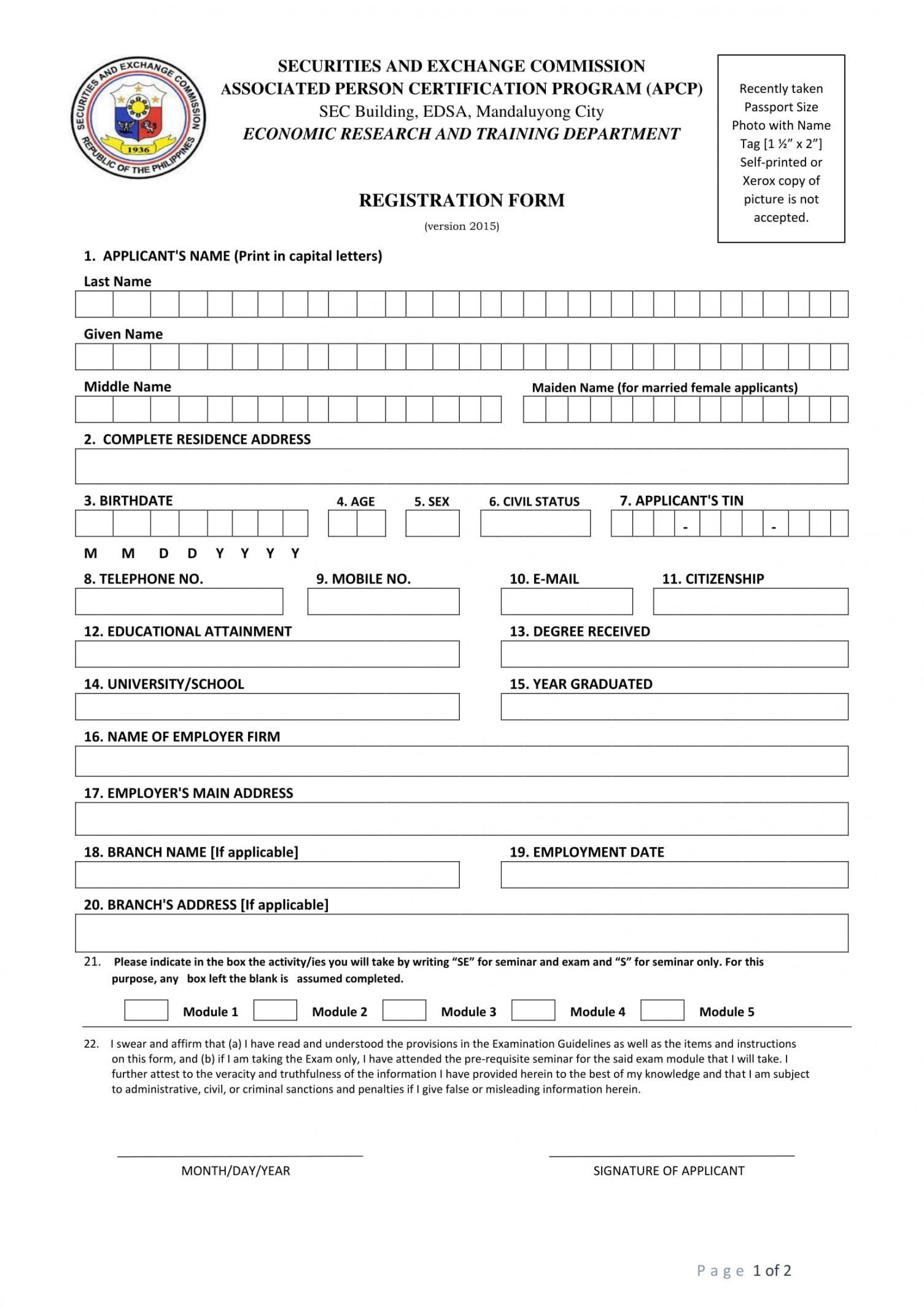
Derived transformation matrices were used to map regions of pathologically defined disease to MRI.ConclusionLATIS was used to successfully coregister digital pathology with in vivo MRI to facilitate improved correlative studies between pathologically identified features of prostate cancer and multiparametric MRI.
INMR FREE REGISTRATION REGISTRATION
Image registration performed without the use of internal structures led to an 87% increase in landmark-based registration error. Registration accuracy was assessed by calculation of the Dice similarity coefficient (DSC) between transformed and target capsule masks and least-square distance between transformed and target landmark positions.ResultsLATIS registration resulted in a DSC value of 0.991 ± 0.004 and registration accuracy of 1.54 ± 0.64 mm based on identified landmarks common to both datasets. Manually annotated macro-structures on both pathology and MRI were used to assist registration using a relaxed local affine transformation approximation. Excised prostate specimens underwent quarter mount step-section pathologic processing, digitization, annotation, and assembly into a PWM.

Thirty-five patients with biopsy-proven prostate cancer were imaged at 3T with an endorectal coil. PurposeTo present a novel registration approach called LATIS (Local Affine Transformation guided by Internal Structures) for coregistering post prostatectomy pseudo-whole mount (PWM) pathological sections with in vivo MRI (magnetic resonance imaging) images.Materials and Methods Before the second registration task, we stack the block face photos into a volume so that registration onto the ex vivo MRI is a more stable 3D (volume) to 3D (volume) registration. Results from two registrations tasks are combined to establish registration between histology slides and ex vivo MRI. First, we register histology slides onto block face photos and then register block face photos onto ex vivo MRI. For this purpose, we acquire digital photographs of prostate specimen as it is sectioned, which are referred to as block face photos. Here we propose to overcome this challenge by breaking the difficult direct registration task into easier registration sub-tasks. Directly registering histology slides onto ex vivo MRI is challenging because 1) it is a difficult 2D (slice) to 3D (volume) registration problem and 2) there is a big difference in information content as histology slides are typically taken at much higher resolution than ex vivo MRI. We employ the well established registration approach based on mutual information (MI) and thin-plate splines (TPS), which is automatic after user's initial placement of control points. After such registration is performed, spatial correspondence between histology slides and ex vivo MRI is established, thus histological truth can be propagated to the ex vivo MRI space. Moreover, a non-standard matrix of tests intended to help identify the optimal RTV-coating material is presented together with test results.A methodology for registering histological slides and ex vivo MRI of prostate is proposed.

This presentation describes the historical background and why the decision was made to select RTV-coatings for such applications in spite of the fact that the technical policy in Sweden is now to use superior pollution performing composite insulated apparatus at all new substations and also for refurbishment of existing substations. Also, there were cases where the washing system actually initiated flashovers instead of preventing them.

When it was recently decided to refurbish these substations, engineers wanted to forego this type of expensive washing system that was not operating fail-free – sometimes activating washing more often than needed while other times activating it too late. As such, there soon evolved the need to provide better pollution performance such that installation of live line washing equipment became mandatory. For example, two particularly exposed Swedish substations, constructed in 1970s, are equipped with relatively short porcelain insulators – the only option available at time of construction. Substations and overhead lines located near coastal areas can be affected by high levels of maritime pollution. Synopsis Selection of Optimal Outdoor Insulation for Refurbishment of 400 kV AC Substation under Coastal Pollution


 0 kommentar(er)
0 kommentar(er)
